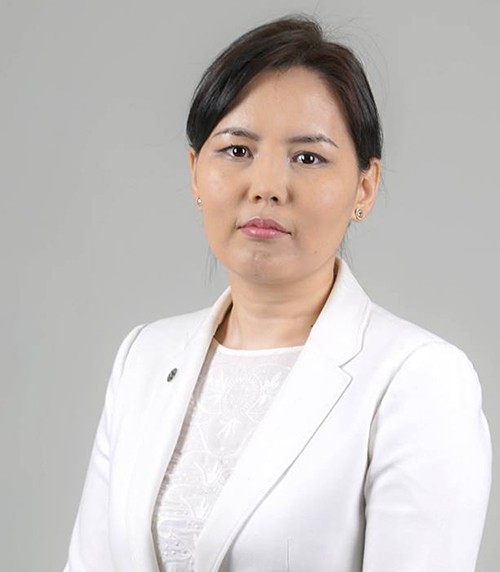Archeologists of the Khovd University have found Turkic woman burial from Uzuur Gylan, Munhhairhan soum, Khovd aimag on Apr, 2016. Later the finds were named after Uzuul Gylan, the place where it has found.
More than 40 findings and artifacts have found including an ancient human wrapped in felt. In the mummy's grave archeologists found - alongside the human remains - a saddle, bridle, clay vase, wooden and iron bowl, trough, iron kettle, the remains of entire horse and sheep, as well as "deel" (traditional costume of Mongolia).
In regards, five archeologists have came to Mongolia from Turkey during June 12-21 to study the findings and they took nine types of samples from the findings.
They have sent the samples to the Beta Laboratory, U.S and the results have came up. The result has approved that the findings of Uzuur Gylan dates to 9-10th centuries, the period of Turkic empire fall and rise of Kyrgyzstan.
Currently, experts of Cultural Heritage Center are preserving the findings.


"It is a very rare phenomenon. We are very grateful to Cultural Heritage Center for giving us an opportunity to study the findings. We conclude this woman was from elite, because her clothes and things in the tomb were elegant, substantial and high-quality. Even her shoes are equipped with iron and bronze. Inside of her coat is fur and outside is leather. We are truly surprised that it was preserved very well", said Art historian Sebahattin Kutuk.
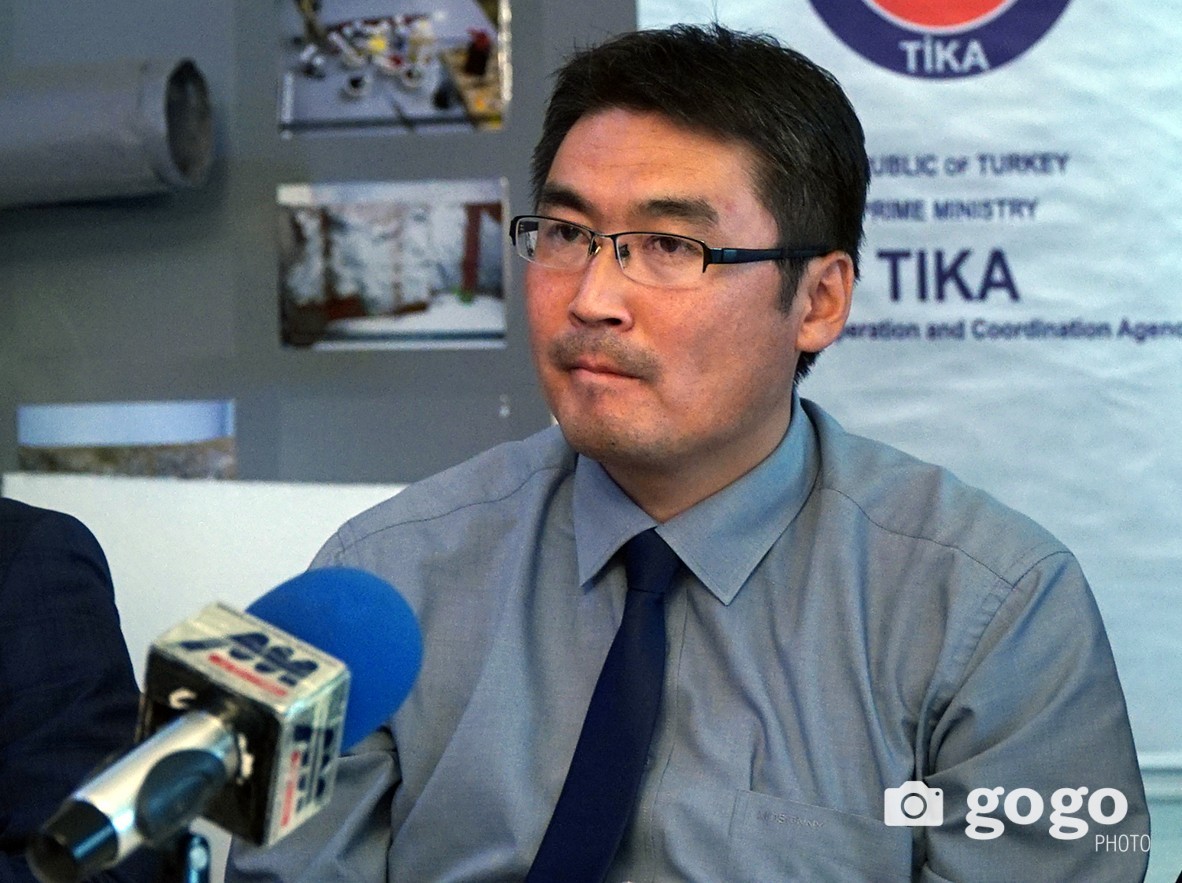

Head of Cultural Heritage Center G.Enkhbat: "Height of a woman is 5.4 ft (165 cm). The mummy is being preserved in a cooler. We tested MRI on the mummy to determine the cause of death. She was buried in low-moisture areas where it has air and wind-free access. Thick layer of mouse feces was created on the top of the grave, which has advantage to prevent contamination. If the tomb was covered by dust, it would not preserved that well. It was deliberately buried".
The finds of Uzuur Gylan will be showed to the public by the middle of next year at National History Museum.


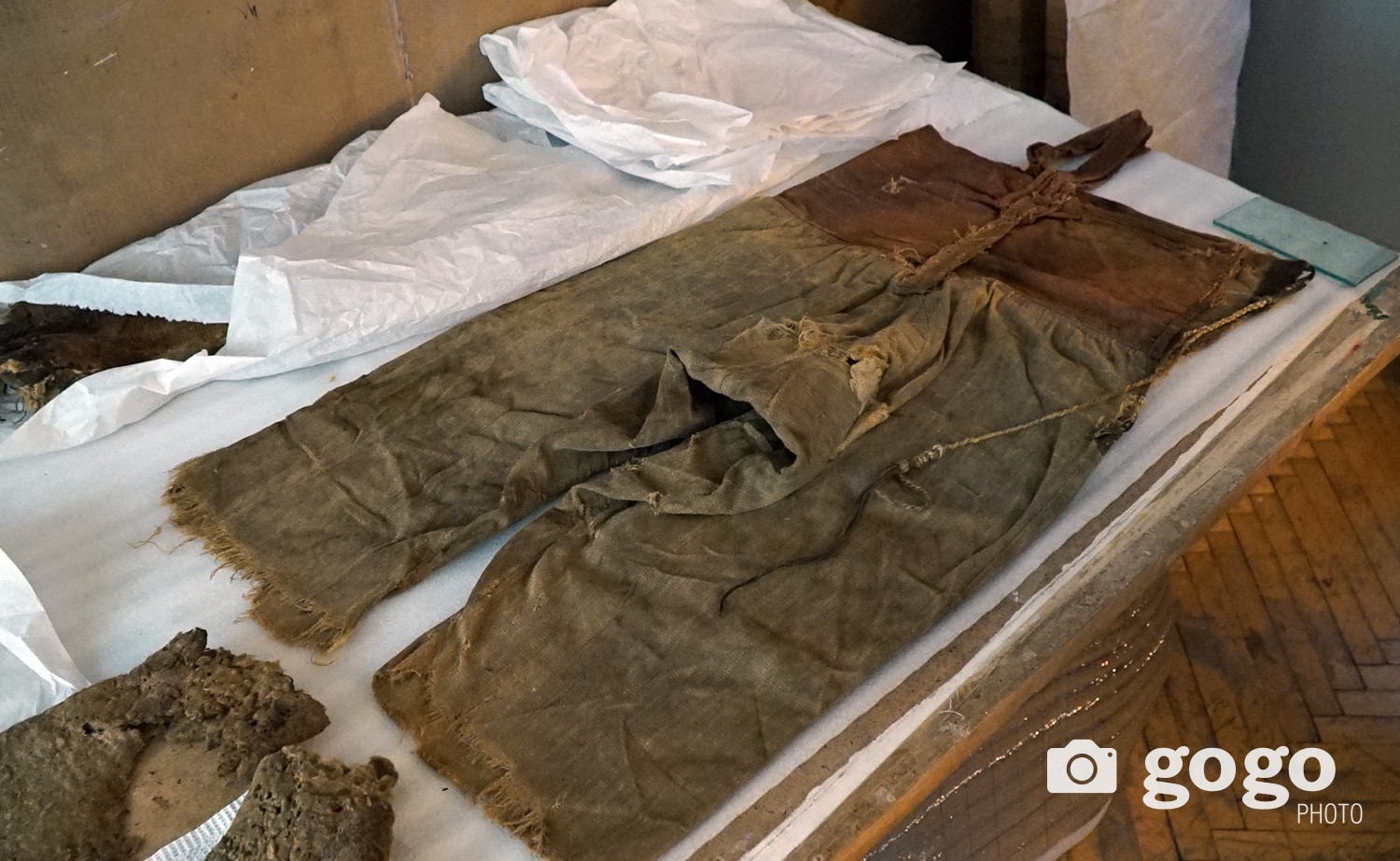



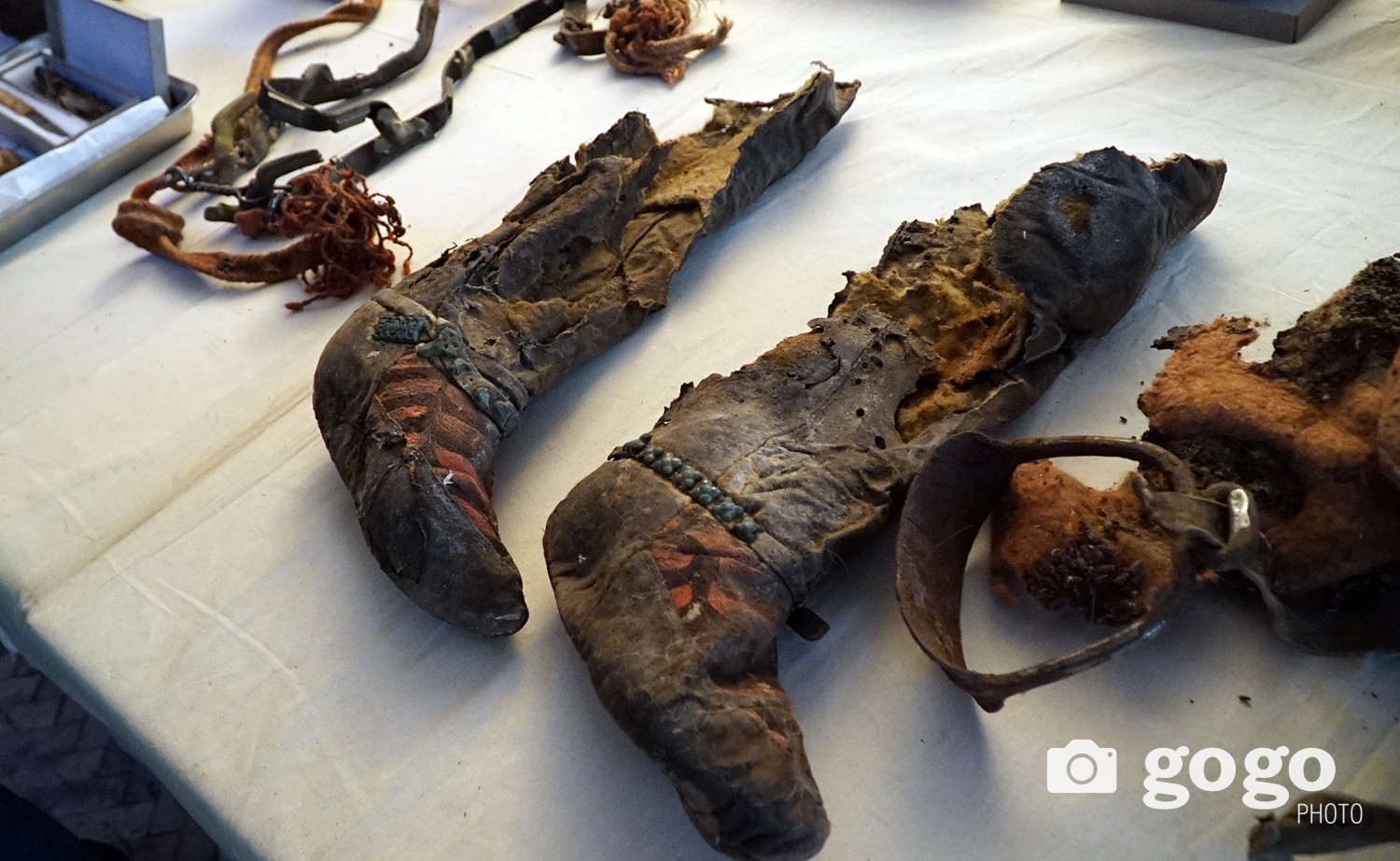

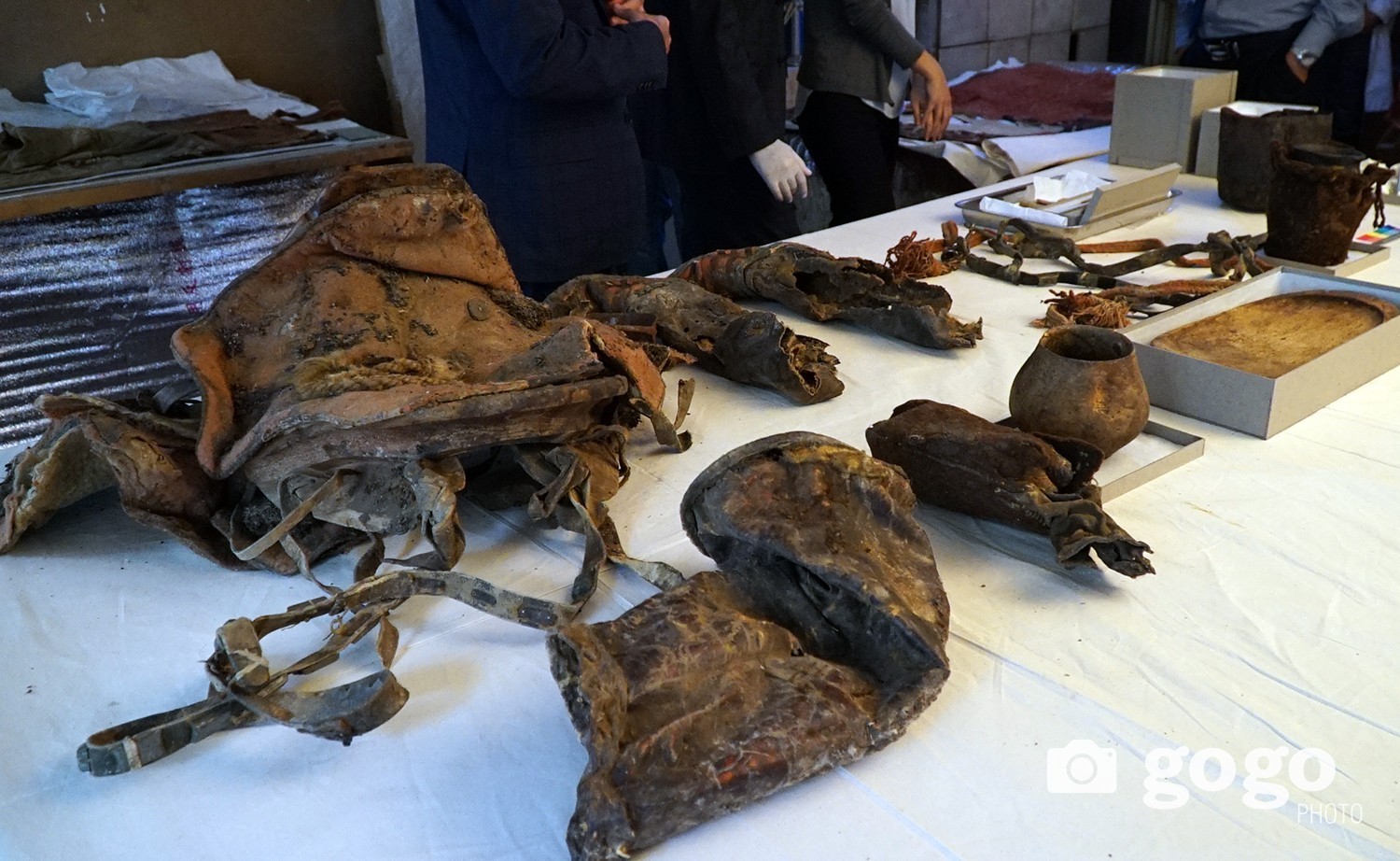

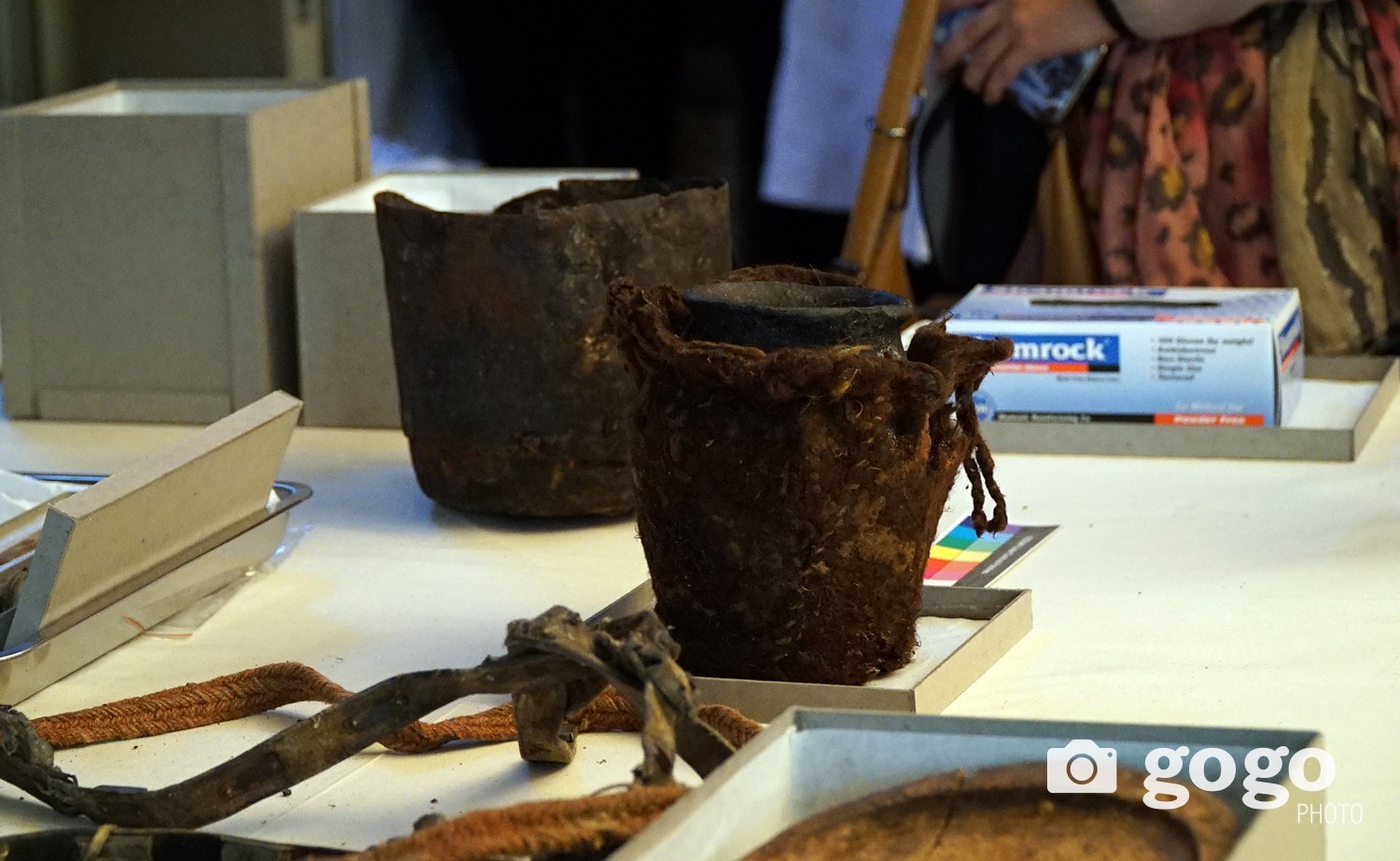

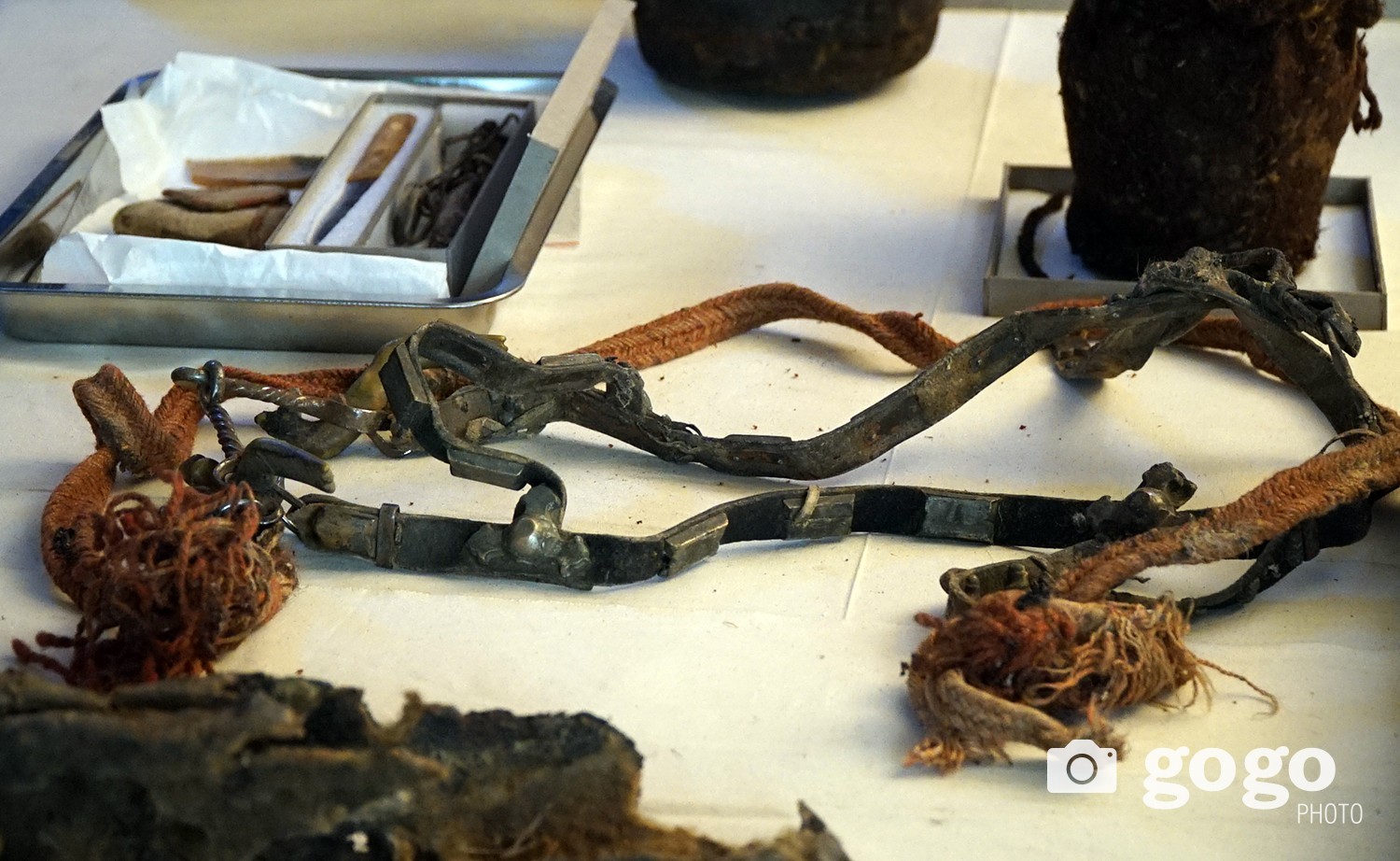

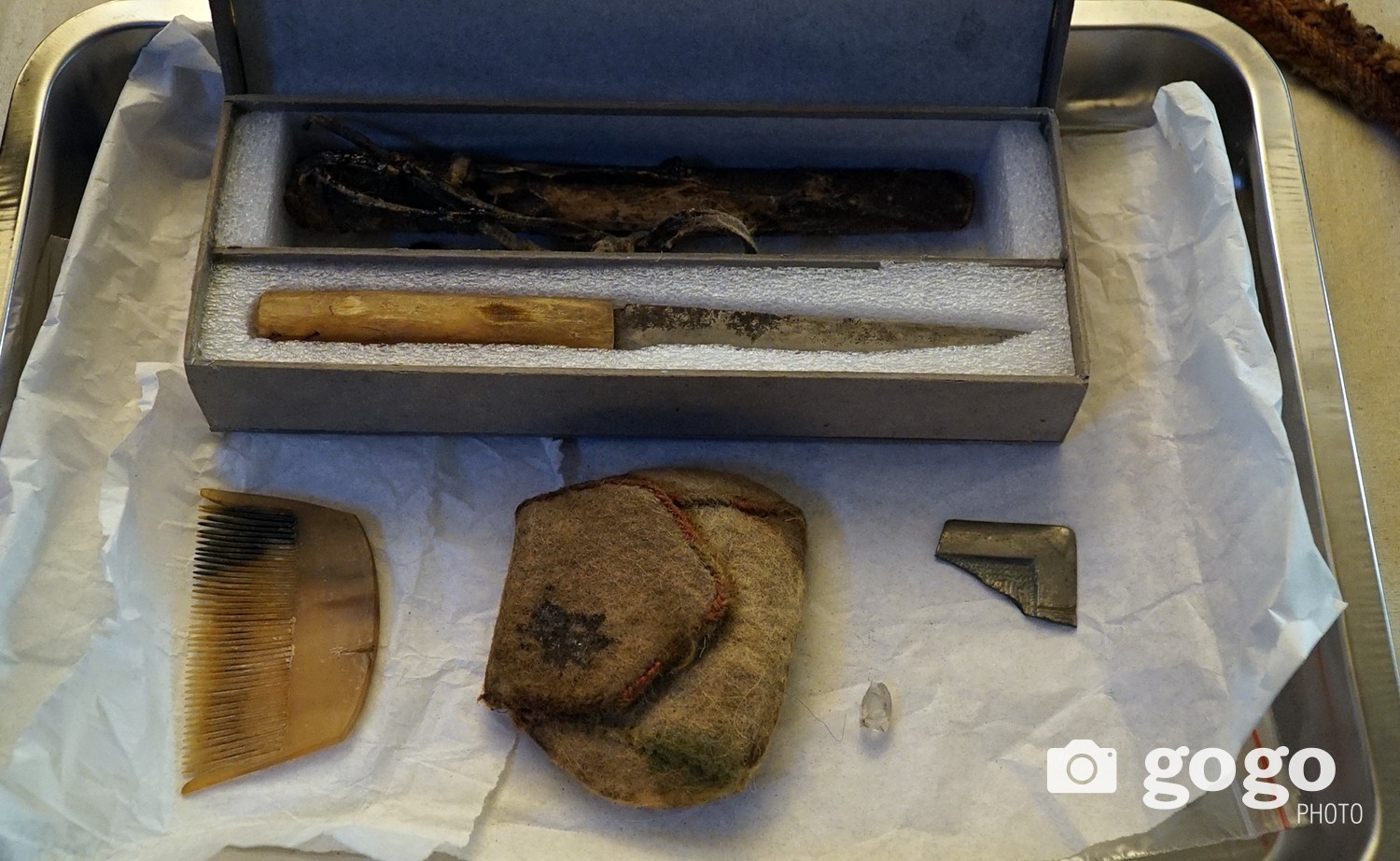

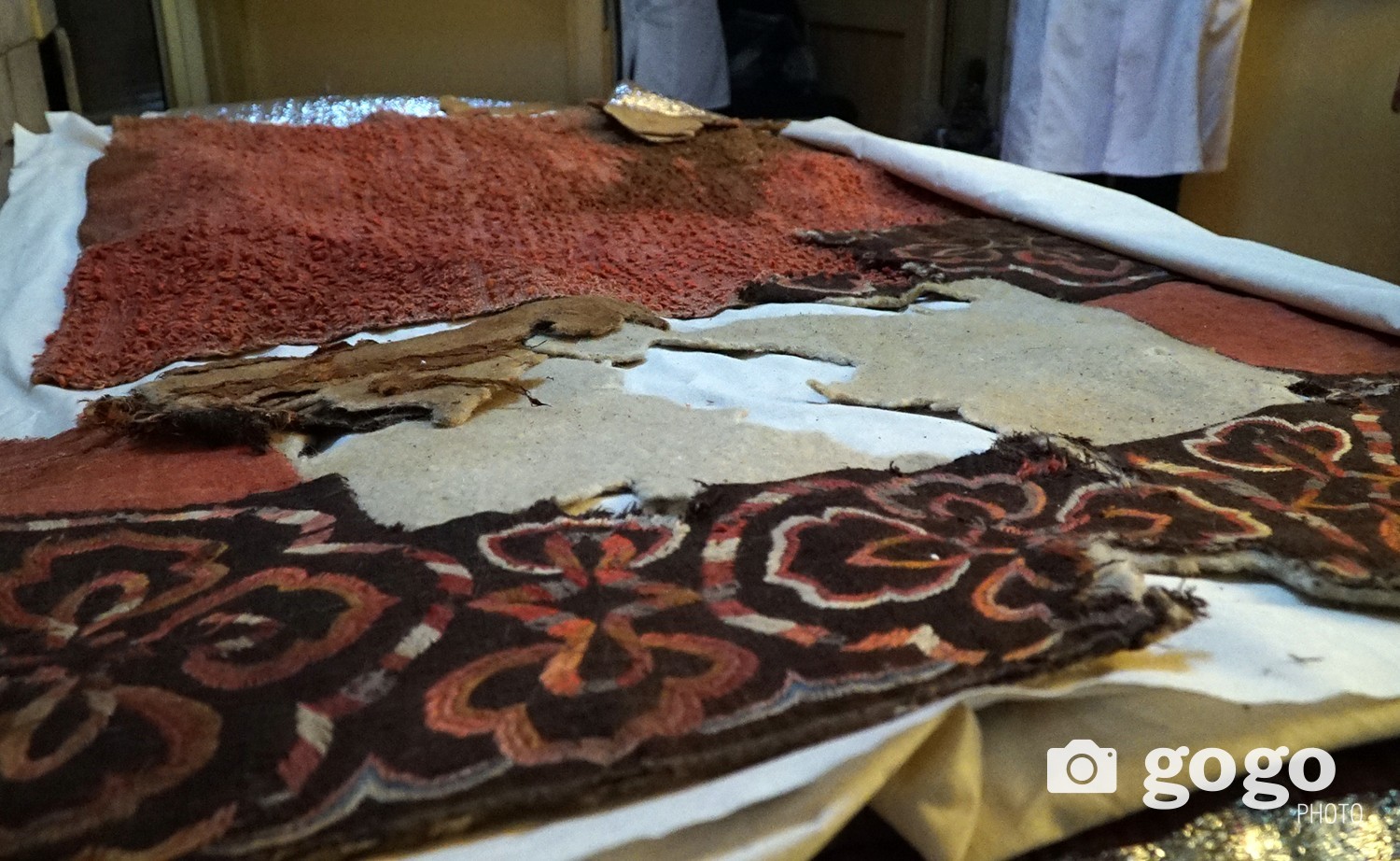

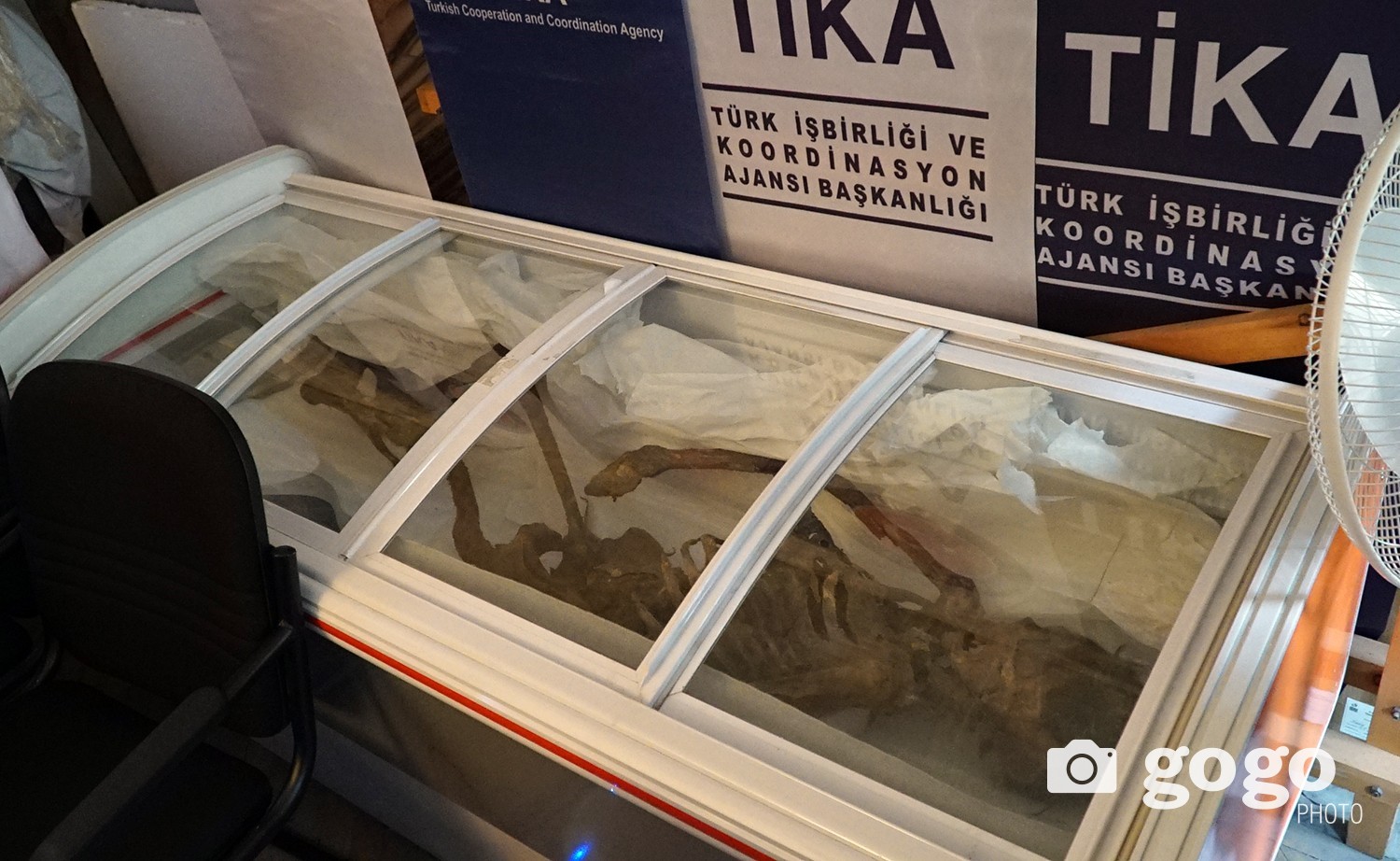

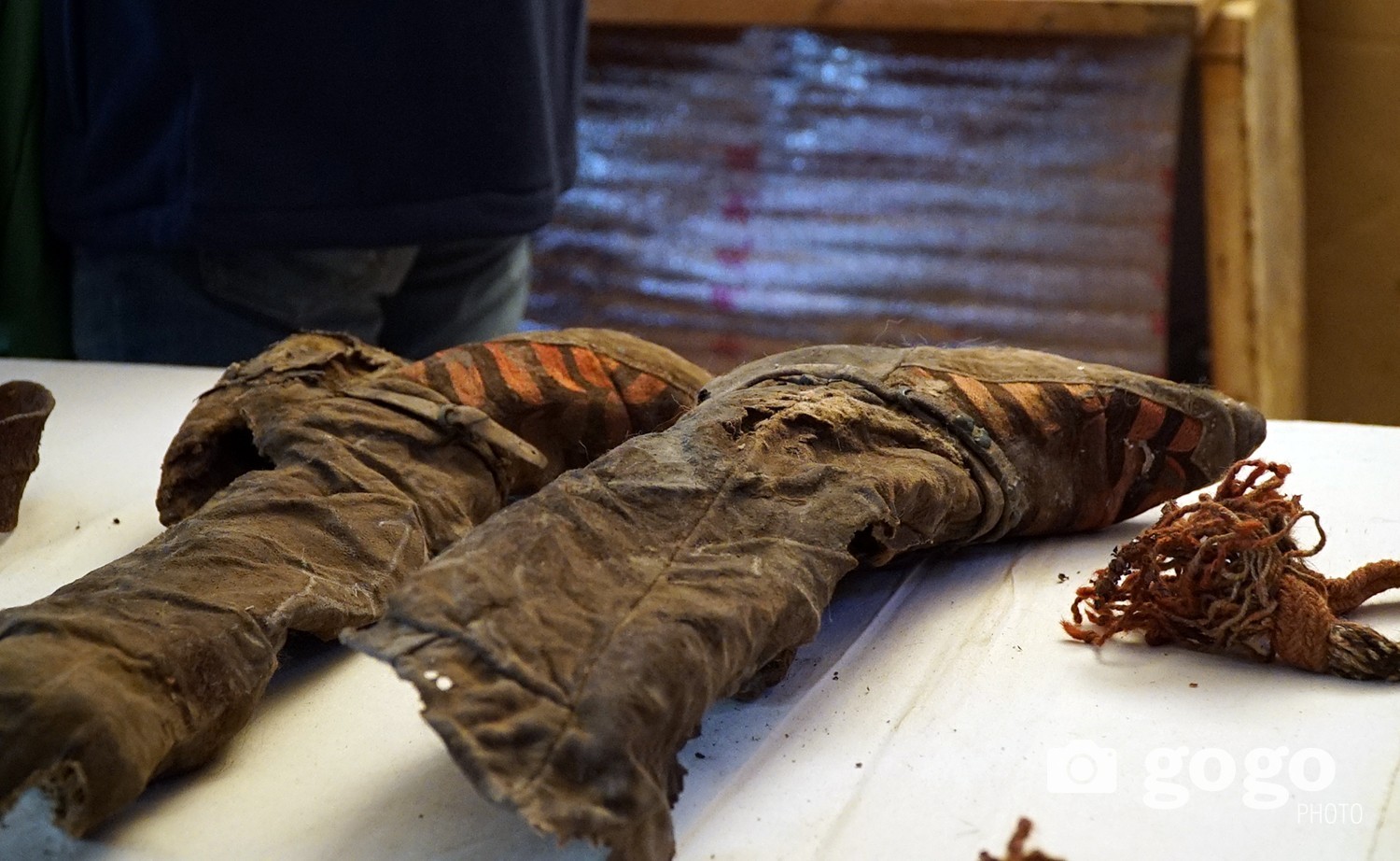

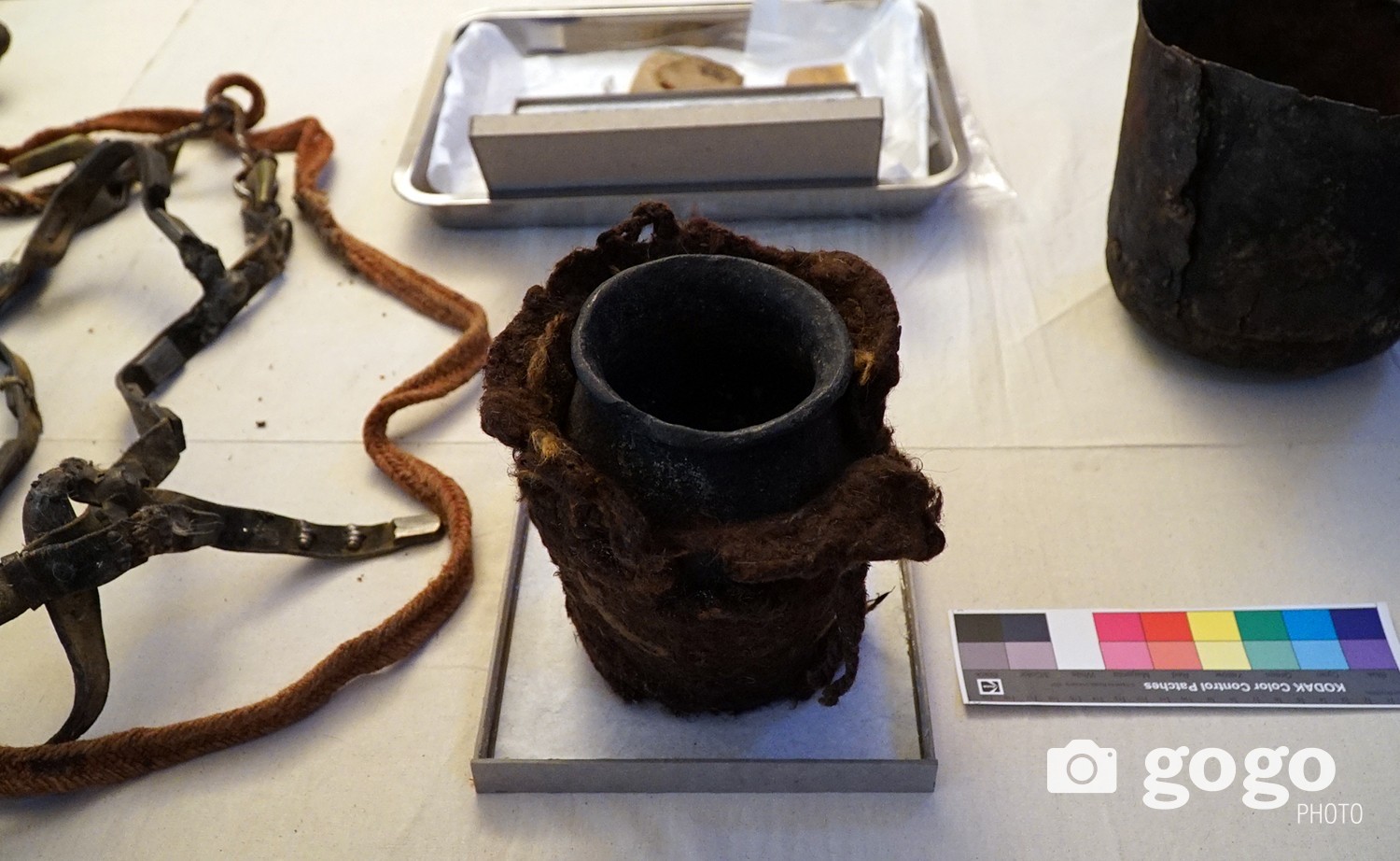


Photo by O.Sukhbat
Archeologists of the Khovd University have found Turkic woman burial from Uzuur Gylan, Munhhairhan soum, Khovd aimag on Apr, 2016. Later the finds were named after Uzuul Gylan, the place where it has found.
More than 40 findings and artifacts have found including an ancient human wrapped in felt. In the mummy's grave archeologists found - alongside the human remains - a saddle, bridle, clay vase, wooden and iron bowl, trough, iron kettle, the remains of entire horse and sheep, as well as "deel" (traditional costume of Mongolia).
In regards, five archeologists have came to Mongolia from Turkey during June 12-21 to study the findings and they took nine types of samples from the findings.
They have sent the samples to the Beta Laboratory, U.S and the results have came up. The result has approved that the findings of Uzuur Gylan dates to 9-10th centuries, the period of Turkic empire fall and rise of Kyrgyzstan.
Currently, experts of Cultural Heritage Center are preserving the findings.


"It is a very rare phenomenon. We are very grateful to Cultural Heritage Center for giving us an opportunity to study the findings. We conclude this woman was from elite, because her clothes and things in the tomb were elegant, substantial and high-quality. Even her shoes are equipped with iron and bronze. Inside of her coat is fur and outside is leather. We are truly surprised that it was preserved very well", said Art historian Sebahattin Kutuk.


Head of Cultural Heritage Center G.Enkhbat: "Height of a woman is 5.4 ft (165 cm). The mummy is being preserved in a cooler. We tested MRI on the mummy to determine the cause of death. She was buried in low-moisture areas where it has air and wind-free access. Thick layer of mouse feces was created on the top of the grave, which has advantage to prevent contamination. If the tomb was covered by dust, it would not preserved that well. It was deliberately buried".
The finds of Uzuur Gylan will be showed to the public by the middle of next year at National History Museum.

























Photo by O.Sukhbat


